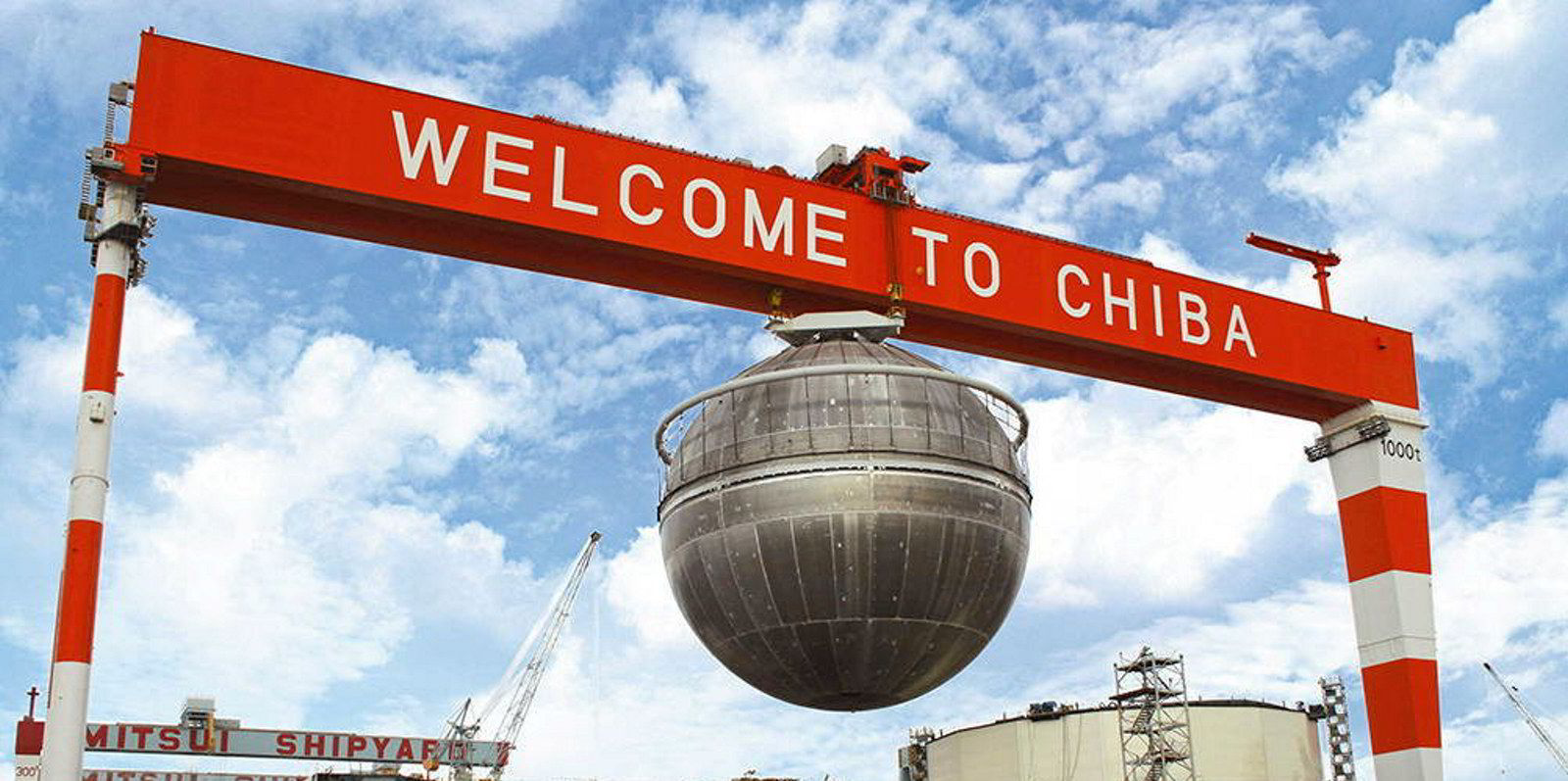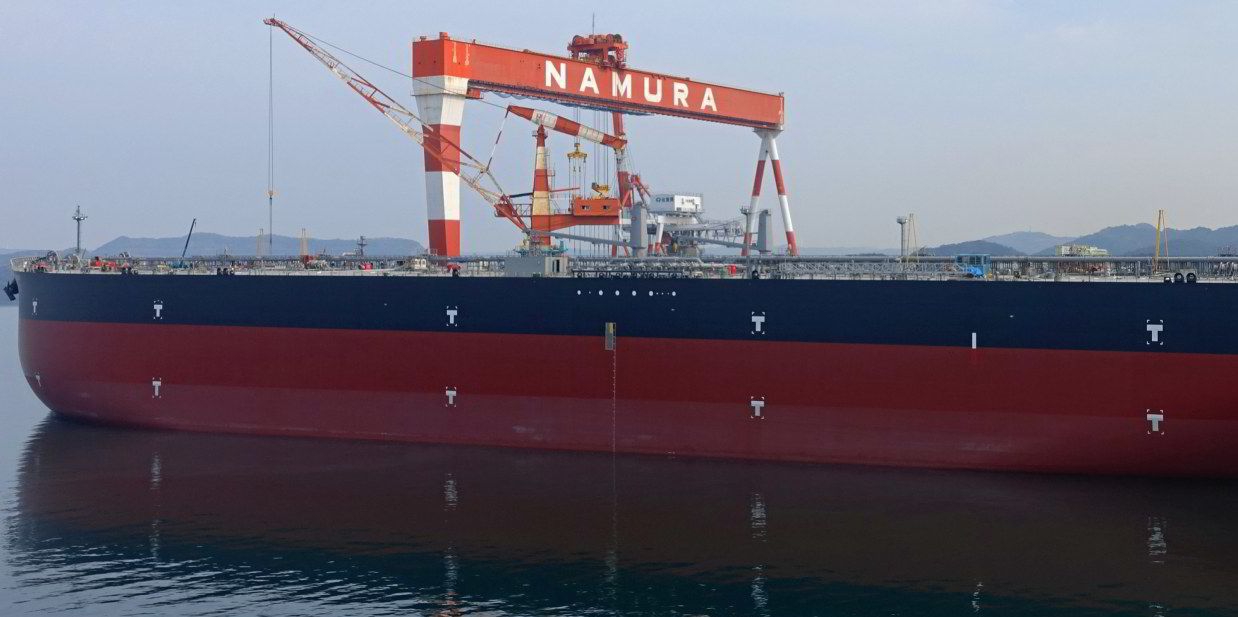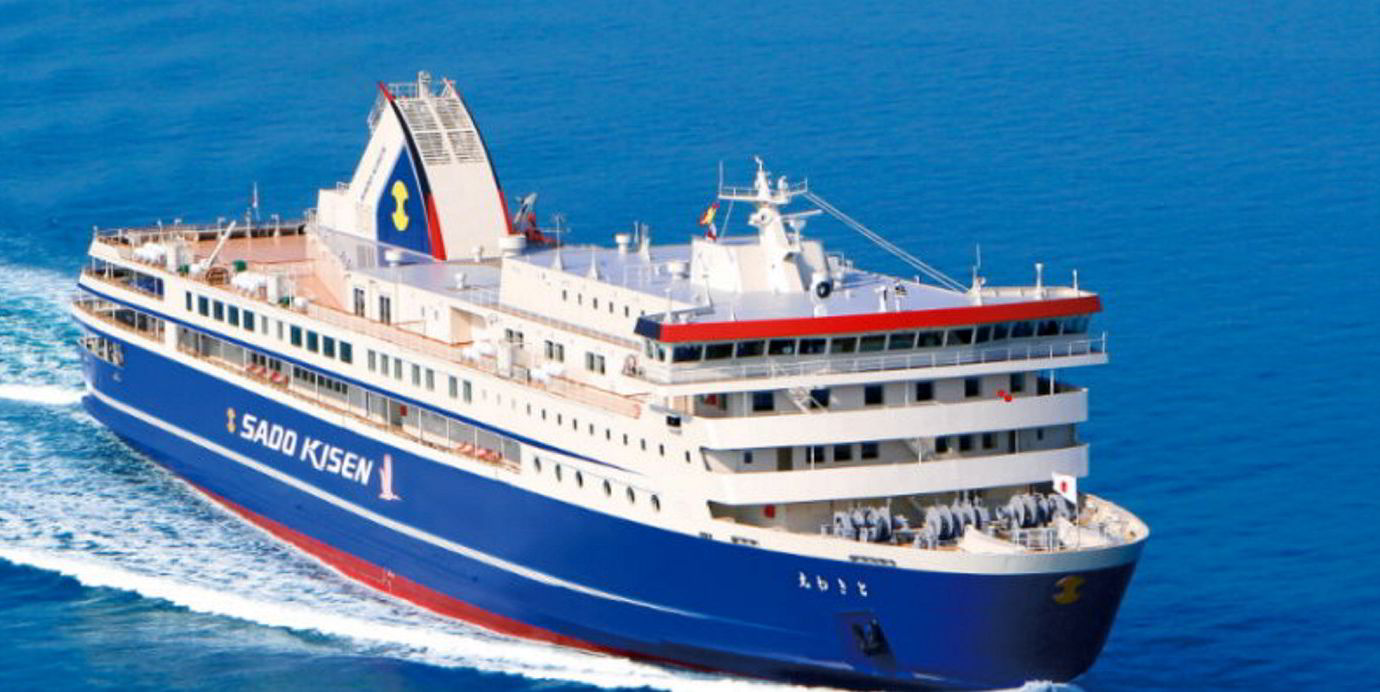The number of technical and engineering staff employed at Japanese shipyards has fallen to fewer than 10,000 for the first time since records began in 1979.
Their number dropped by nearly 4.6% over the past 12 months, from 10,030 to 9,570, according to the Shipbuilders’ Association of Japan (SAJ).
That represents a decline of 38% in the past decade.
In 2010 — just as the most recent shipbuilding boom came to an end — 15,451 technical staff were employed at the yards.
The decline in the workforce reflects a fall in orders and tough competition from South Korea and China.
Japan’s yards now have a backlog of 534 ships amounting to 17.9m gt, compared with 1,105 vessels of 42m gt in 2010, according to the SAJ.
Domestic shipyard closures appear to be accelerating this year.
Namura Shipbuilding has pulled its subsidiary Sasebo Heavy Industries out of commercial shipbuilding.
Mitsui E&S Shipbuilding’s Tamano and Chiba yards have run out of orders and it has shifted production to a Chinese joint venture.
Kawasaki Heavy Industries is another major shipyard increasingly focusing production in China. Mitsubishi Heavy Industries’ main Koyagi plant is being mothballed while it undergoes a sale to Oshima Shipbuilding.
Positive development
The only positive development has been the formation of Nihon Shipyard, a joint venture between the country's two largest shipbuilders, Imabari Shipbuilding and Japan Marine United (JMU).
According to local reports, JMU is lining up ¥10bn ($90m) of investment to modernise its facilities to compete with rivals in China and South Korea, including adopting the latest digital and information and communications technology.






